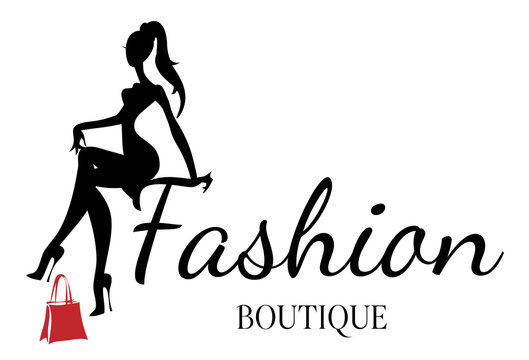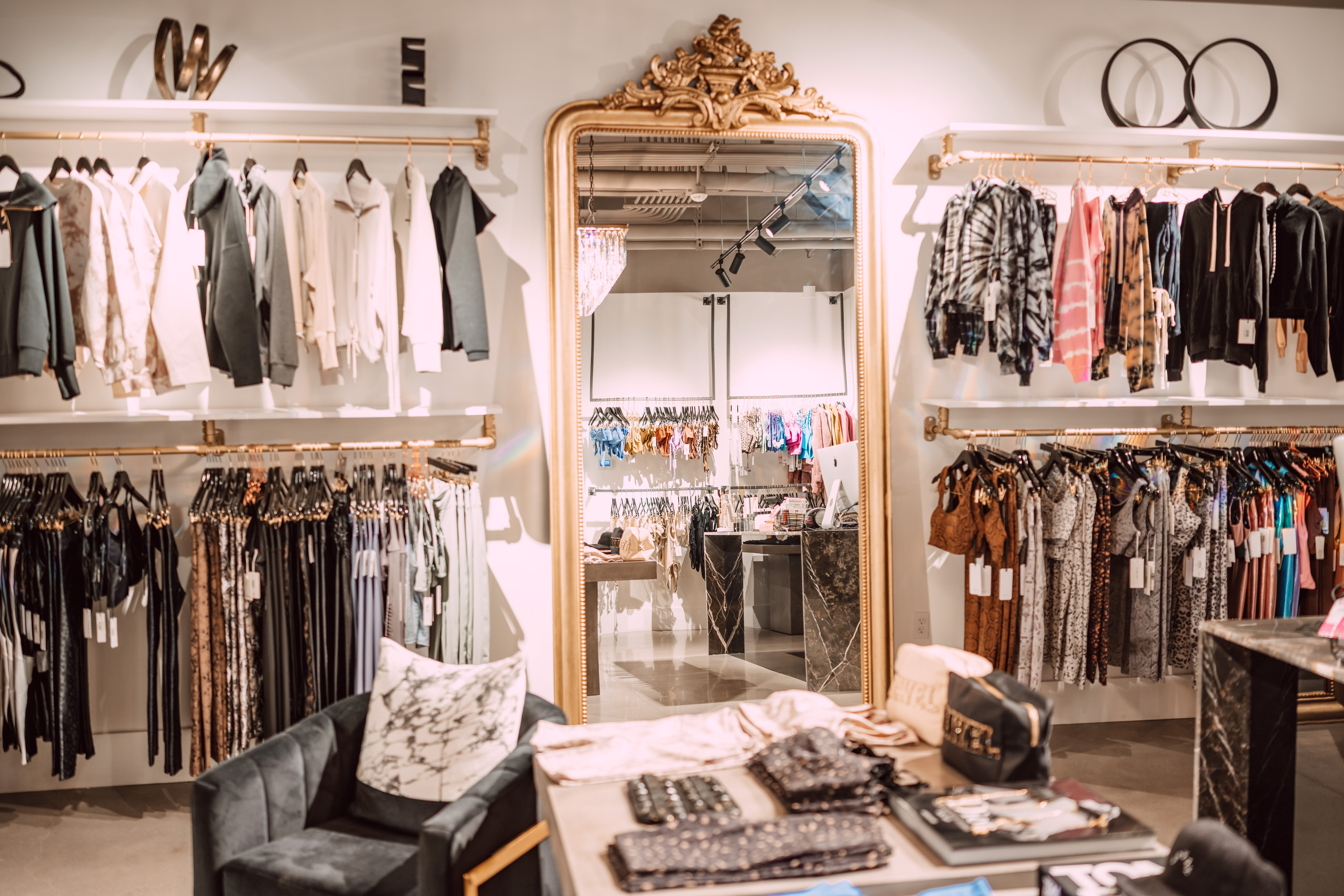Leading 10 Essential Item from Your Favorite Boutique Fashion Shops
Leading 10 Essential Item from Your Favorite Boutique Fashion Shops
Blog Article
Discovering the Advancement and Effect of Garments on Modern Fashion Trends
The evolution of clothes has actually considerably influenced modern style patterns, merging historic criteria with sophisticated technologies. Legendary numbers like Coco Chanel and Yves Saint Laurent transformed the apparel industry by presenting concepts that prioritize comfort and ease of access, which remain to reverberate today. At the same time, technical strides in areas such as 3D printing and smart textiles are redefining style opportunities and consumer experiences. In addition, the growing emphasis on inclusivity and sustainability is reshaping sector criteria. As we take into consideration these diverse influences, one have to question exactly how these components jointly redefine fashion's function in mirroring and forming modern culture.
Historical Style Influencers
In the tapestry of style background, certain figures have left an enduring mark, shaping the trends and designs that define whole eras. Coco Chanel, an advanced designer, redefined females's fashion by presenting comfy, sophisticated clothing that left from limiting bodices. Her renowned Chanel fit and little black outfit have become classic staples in wardrobes worldwide. In A Similar Way, Christian Dior's post-war "Makeover" in 1947, with its event of femininity via complete skirts and cinched midsections, marked a return to luxury and has actually remained to influence designers.
Elsa Schiaparelli is an additional critical number, renowned for her progressive designs that integrated surrealist art, collaborating with Salvador Dalí to produce wayward items that challenged conventional aesthetic appeals. Her ingenious use color and strong patterns reverberates in modern fashion. Yves Saint Laurent, at the same time, democratized haute couture with prêt-à-porter collections, bringing runway designs to the masses and setting a precedent for contemporary ready-to-wear lines.
These visionaries, to name a few, not just revolutionized style in their times but also set withstanding fads that reverberate in today's apparel industry, providing a foundation whereupon modern-day developers continue to innovate and build. Their traditions emphasize the importance of creativity and bold in vogue's ever-evolving story.
Technical Advancements in vogue
Among the vibrant landscape of the apparel industry, technological developments stand at the center of technology, reshaping exactly how designers create and customers engage with style. The assimilation of 3D printing has reinvented layout procedures, enabling developers to trying out complex structures and sustainable products that were previously impossible. This technology promotes rapid prototyping, reducing waste and speeding up manufacturing times.

Smart fabrics, embedding technology into fabrics, are also changing the sector. Developments like temperature-regulating and self-cleaning materials supply improved capability and convenience. Wearable technology, including functions like physical fitness tracking and communication, adds a brand-new measurement to style, combining aesthetics with functionality.
Cultural Changes and Style
As technological innovations remain to improve the apparel industry, cultural shifts are similarly prominent, redefining style more information and consumer choices. In recent times, the increase of social media platforms has actually sped up the circulation of global style patterns, enabling varied cultural influences to coexist and merge. This electronic interconnectivity has facilitated the rapid exchange of concepts, resulting in a more eclectic and comprehensive interpretation of style that mirrors the multifaceted nature of modern society.
Social awareness and recognition have actually triggered designers to draw ideas from a wider spectrum of historical and ethnic contexts, incorporating traditional concepts with modern aesthetic appeals. This combination has actually led to fashion that reverberates with a bigger audience, advertising a sense of identity and belonging across various demographics. Furthermore, the increasing need for personalization has driven brand names to supply customizable alternatives, making it possible for consumers to share uniqueness while mirroring their cultural heritage.
Additionally, changing societal worths have actually affected fashion, with inclusivity and variety coming to be central themes. The industry has actually begun to welcome models and influencers of numerous type of body, ethnicities, and sex identities, tough conventional elegance standards. This makeover highlights the power of cultural shifts in forming the future of fashion, as style comes to be a much more genuine expression of cumulative and individual identity.
Sustainability and Modern Style
While the apparel industry proceeds to evolve, the crucial for sustainability has ended up being significantly immediate, influencing contemporary layout practices. This shift aims to resolve honest factors to learn the facts here now consider and environmental concerns, bring about a reevaluation of traditional production techniques. Developers are currently integrating sustainable materials, such as natural cotton, recycled polyester, and eco-friendly fabrics, into their collections, reducing the environmental impact of fashion. The surge of slow style, which highlights top quality over quantity, motivates customers to spend in ageless items instead of short-term fads.
Moreover, modern layout is characterized by its innovation in decreasing waste and promoting circularity. This approach not just reduces ecological effect yet likewise enhances the social duty of fashion houses.

Future Trends in Style

Sustainability will certainly remain to be a driving pressure in shaping future fashion patterns. The industry is significantly embracing green materials and moral production approaches, reacting to an expanding customer need for accountable methods. Advancements such as bio-fabricated products and closed-loop recycling systems are set to redefine just how garments is generated and taken in, decreasing environmental influence while keeping design and quality.
Social shifts, including the surge of inclusivity and diversity, will certainly also play an essential role. As society comes to be more knowledgeable about social issues, fashion is anticipated to come to be a platform for expression and modification. Developers will likely focus on producing collections that mirror a wider variety of experiences and identities, promoting depiction and access.
Final Thought
The advancement of clothing substantially influences modern fashion patterns, where historic impacts combine with modern designs. Key figures like Coco Chanel and Yves Saint Laurent have redefined design, while technological advancements such as 3D printing and clever fabrics increase creative possibilities. Cultural shifts towards inclusivity and sustainability force brand names to take on moral techniques and embrace diversity. This ongoing this article development highlights fashion's function as a mirror to societal values and technological development, suggesting a future abundant with development and inclusivity.
The advancement of clothes has actually considerably affected contemporary style patterns, combining historical criteria with advanced technologies.In the middle of the dynamic landscape of the style market, technological advancements stand at the center of advancement, reshaping how designers create and customers engage with fashion.While the style industry proceeds to progress, the essential for sustainability has actually ended up being increasingly immediate, influencing modern layout practices. As sustainability ends up being embedded in contemporary design, it leads the way for a much more responsible and aware fashion sector.
The development of apparel substantially impacts modern style fads, where historical influences combine with modern designs.
Report this page